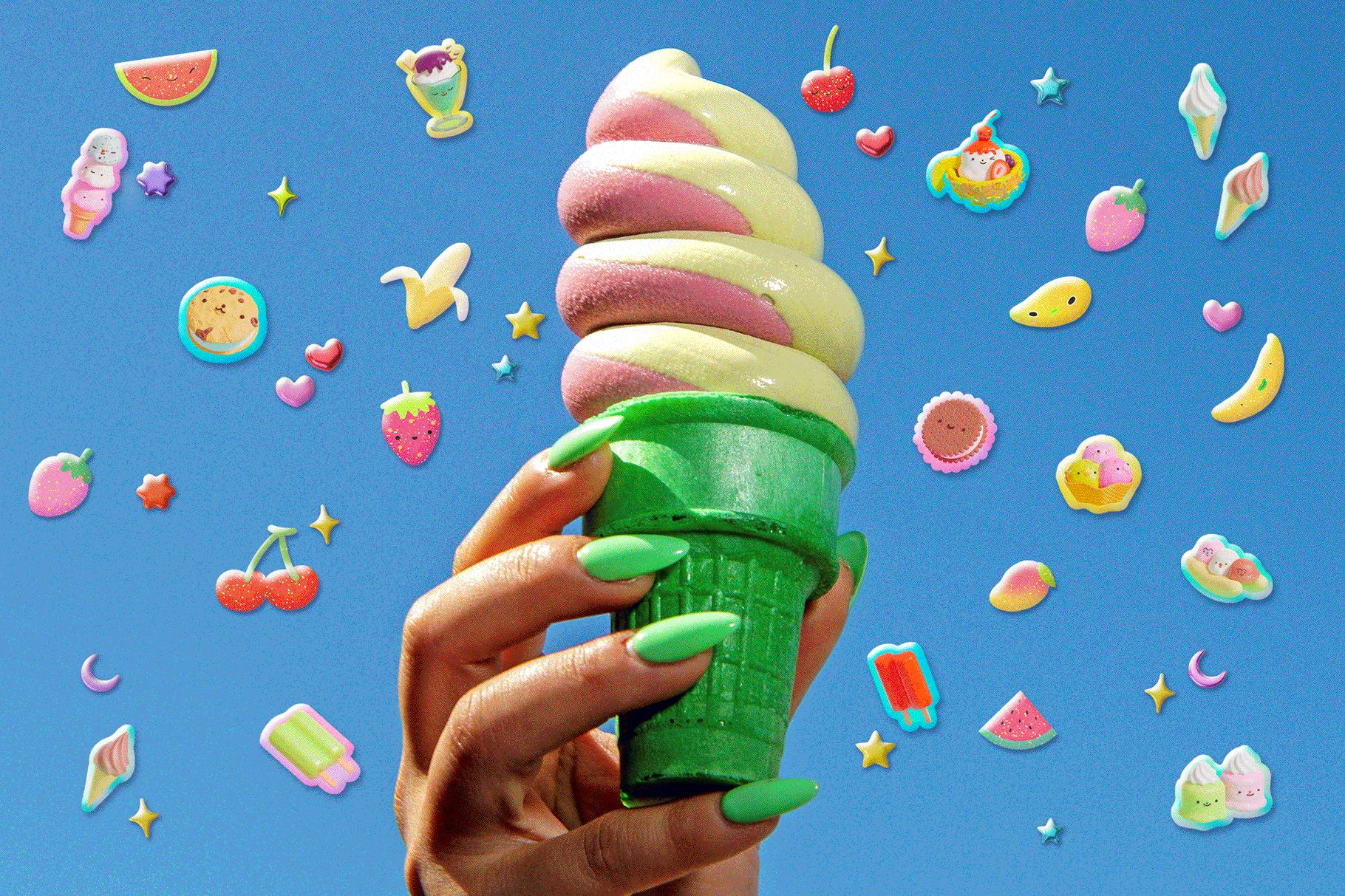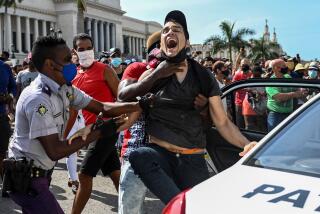DATELINE: CUBA : THE MYSTERIOUS ISLAND, THEN AND NOW
- Share via
El Jigue, 1958: Initial battles in July reduced the revolutionary army to 12, but its numbers had increased to 241 when it won the decisive battle of the war at El Jigue. Fulgencio Batista’s army surrendered after a 10-day siege.
Havana, 1991: Amid the tropical heat and the exhaust fumes from pre-catalytic converter cars and buses is a lush, shaded oasis known as Coppelia, a park named for the brand of ice cream that is sold in the parlor and at several stands within.
Coppelia is located on La Rampa, a busy strip that, before the revolution, was dotted with restaurants, clubs and ice cream parlors that welcomed tourists and upper-class Cubans but hardly anyone else, particularly not blacks or those of mixed race.
Most of those establishments have disappeared since 1959, replaced by Coppelia. It is the people’s park, and hundreds go there daily between 10:15 a.m. and 1:15 p.m. and wait in long, winding lines, first to buy tickets and then to exchange them for ice cream.
There were two flavors Sunday, vanilla and banana. Prices range from 50 centavos (50 cents) for one scoop to 1.50 pesos ($1.50) for a salad, which consists of flan surrounded by several scoops of ice cream. A Beethoven symphony played over the loudspeaker, but it was virtually drowned out by the squeals of delighted children.
Tourists with hard currency still have certain privileges at Coppelia. When a U.S. journalist visited there last week, an official invited her to go to the front of the line. When she declined, a Cuban, standing in front of her at the back, handed her 50 centavos. “Since you choose to stay with the people, I pay,” he told her.
More to Read
Sign up for Essential California
The most important California stories and recommendations in your inbox every morning.
You may occasionally receive promotional content from the Los Angeles Times.










